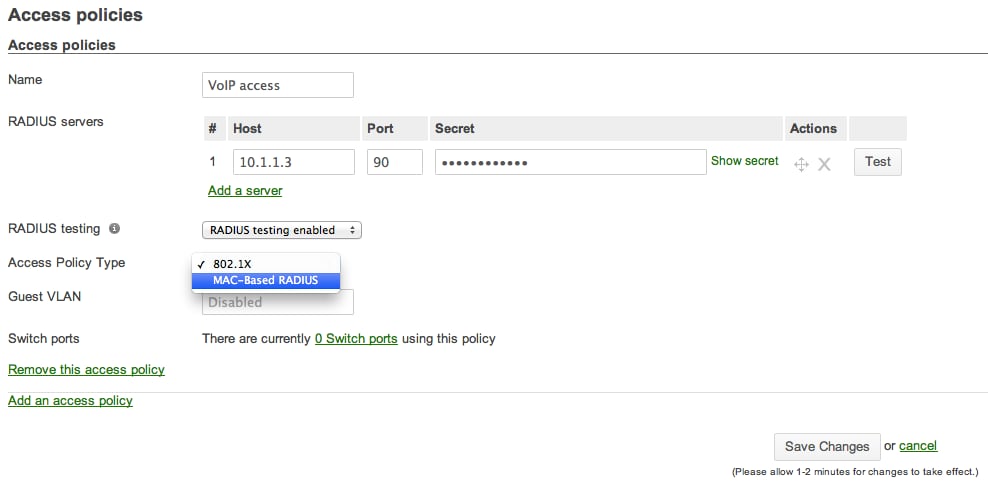

Additionally, gathering accurate reports from multiple devices working together is a huge problem without centralized logging and reporting. Network engineers only had command-line interfaces and utilities to work with, which made it impossible to see a holistic picture of the network. In the dark ages of network engineering, troubleshooting connectivity and performance issues was very difficult. This informs planning decisions for expansion and improved performance by right-sizing security appliances and switches or purchasing and using more network bandwidth effectively. The insights gathered via the summary report are mostly related to network performance, allowing admins to see bottlenecks and limitations within the infrastructure. It even allows administrators to see the types of client operating systems that connect to their network, and what types of traffic the clients on the network are generating most.Įxport features, scheduled recurring email reports, and customizations make the summary report a great tool for sharing information with other stakeholders about the network status, capacity, and traffic patterns. The summary report can show trends over time, which is helpful for network capacity planning and device lifecycle management. This report is most helpful when gaining familiarity with a network, or trying to gain quick context to identify problems or opportunities with the network. The summary report shows all you could want to know about a network’s throughput, bandwidth categories, device utilization metrics, and many other points of data. It can be found under the “Organization” tab in the “Monitor” section. The summary report dashboard is a network operator’s dream. Lastly, the client monitor dashboard makes it easy to whitelist devices like servers and key workstations in the Cisco Advanced security services to make sure they can connect when troubleshooting. The customizable columns in the client view give you a matrix of options, including Operating System, Performance, Last Seen, CDP/LLDP, and many others. You could also use this dashboard to identify clients that have issues with connectivity, such as latency, media types, IP address conflicts or mismatches, and others. You can use this insight to then throttle busy clients to allow more traffic through to other devices.

For example, the client monitor allows you to find devices that are consuming large amounts of bandwidth.
MERAKI WHITELIST MAC ADDRESS HOW TO
How to Use Client Monitor Dashboardįrom this view, it’s easy to identify client devices and make quick decisions based on live data.

Data points are aggregated from the security appliances, switches, and wireless access points over the internet to feed the client monitoring system. The report includes information such as the device’s hostname, MAC address, IP address, and many others. From here, you can see the most active and recently connected client devices. The primary page you are greeted with when logging into the Cisco Meraki dashboard is the client monitor page. Let's take a quick look at how to interpret various Cisco Meraki dashboards - something that can benefit any network admin, especially those who work in Cisco shops. This is the power of cloud networking with Cisco Meraki. A universal change log, firmware updating dashboard, and event log bring all the cloud-native network features together to form a powerful network management system. More detailed dashboards like packet captures and event logs allow engineers a low-level view into network operations, shortening time to recovery for network outage events. The client monitor dashboard allows engineers to quickly identify noisy client traffic while the summary report gives operations teams a bird’s eye view of the network and all components. These reports can be used to troubleshoot live issues, plan for additional capacity, and understand the network topology. The Meraki dashboard is packed with useful reports, aggregating real-time telemetry and events from network devices. Many enterprise network solutions leave operations and engineering staff blind to the network happenings day to day. This scenario is all too common for IT admins and operations teams. We can’t do anything!” You sigh as you hang up, and get ready to head in ready to put out another fire. It’s the production supervisor on the manufacturing floor at your company.


 0 kommentar(er)
0 kommentar(er)
